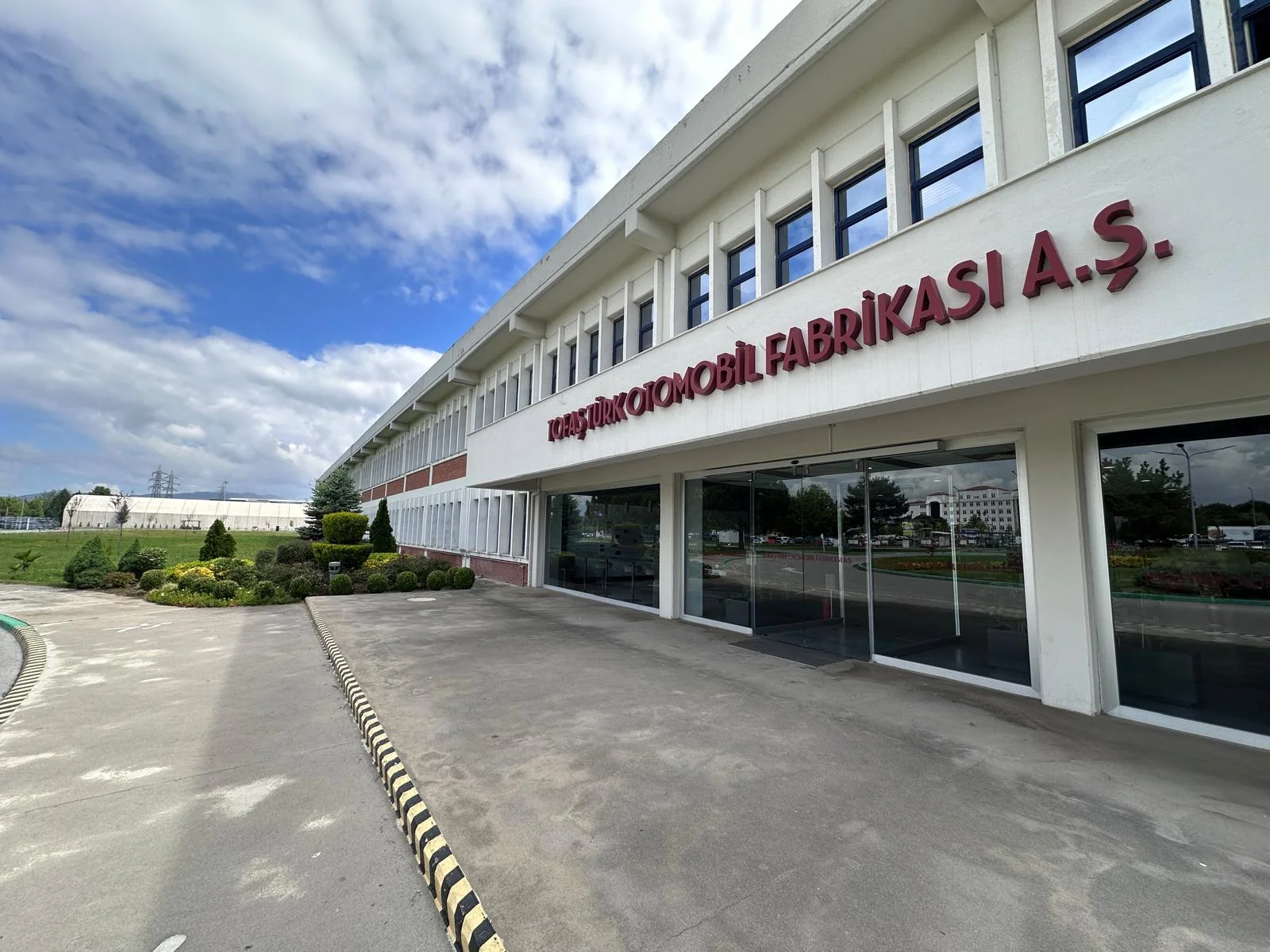Project Pilots
Denmark
Partners: AAU

Objectives
Description
University building with laboratories, offices for staff, lecture rooms, student group rooms and an atrium in the middle. It houses roughly 150 employees and 600 students. It is consists of a basement and four full floor and a small roof structure, for a total area of approximately 9 000 m2 . The building is connected to district heating, has a PV system of 6 kWp, 9 ventilation units with heat recovery and some with free-cooling, heating systems, DHW production by heat exchangers, 3 cooling units, and the possibility of cooling the central atrium by natural ventilation. The building is fully equipped with a Schneider BMS system controlling and logging heating, ventilation, domestic hot water, lighting and cooling.
Switzerland
Partners: EMPA

Objectives
Description
EMPA’s NEST demonstrator building is a living lab, serves as a dynamic and advanced demonstrator for medium to high IT density scenarios within the HEATWISE project. It is a mixed-use vertical energy district that can be flexibly configured to emulate different use cases in terms of waste heat utilization. It can emulate commercial or residential buildings. NEST offers long-term monitoring of rented apartment buildings (3 units as shared flats with 2-3 tenants each, data available back to 2017), office spaces (2 units with 4-8 desks each, 4 meeting rooms in total) and a gym module, to assess real-life use patterns of people, district systems and energy consumption.
Turkey
Partners: TOFAŞ Türk Otomobil Fabrikası A.Ş
According to current data, a total of 804.8 MWh of electricity was used in TOFAŞ main datacenter in 2023. In the IT building, a total of 213.7 MWh was used for the electricity needs of 2023. In addition, 785.5 MJ was used to heat the IT building throughout 2023 (equivalent to 190.4 MWh electrical energy).

Objectives
The aim of the pilot study is to increase the cooling performance of the servers containing the workloads in the datacenter by applying the hybrid cooling solution, as well as to increase the heat collected on this system in the IT building. to be redirected and used in other processes. In addition, thermal management will be analyzed with CFD modeling and it is aimed to make improvements in the datacenter according to the comments obtained from this.
Description
TOFAŞ is Turkey’s automobile production leader with an annual production capacity of 450 thousand in commercial and passenger automobile production with a closed production area of 1 million square kilometers. Production processes, supply chain, pre-sales, after-sales, IT workloads of credit processes, and all file systems are carried out at TOFAŞ Data center. TOFAŞ has 3 data centers, 2 in Bursa and 1 in Istanbul. The data center included in HEATWISE is the main data center of TOFAŞ. This data center consists of 3 cold corridors. Currently, as a cooling solution, the cold air from air conditioners is transferred to the cold corridors from the raised floor
Poland
Partners: Poznan Supercomputing and Networking Center
The total power usage exceeds 2MW. The data center is accompanied by a secondary data center with air-based cooling and a smaller testbed that consists of around 20 heterogeneous nodes. Its maximum power exceeds 10kW and its mean energy consumption 65MWh. This testbed is connected to the renewable energy source (20kWp off-grid and 50kWp on-grid PV systems). It is used for the development and validation of project results.

Objectives
The goal of the pilot is to study further development of waste heat re-use strategies, including a recovery of the excess heat from the main data center in external buildings and an analysis of the heat re-use potential in other PSNC data centers. Another goal is to analyse the dynamic management of the data center and building based on the heat and electricity demand and costs.
Description
PSNC provides computing and networking infrastructure for science and industry. It operates a supercomputing data center, which applies the Direct Liquid Cooling technology for its largest HPC systems. The waste heat from the data center is re-used in the heating system of offices for more than 500 people
